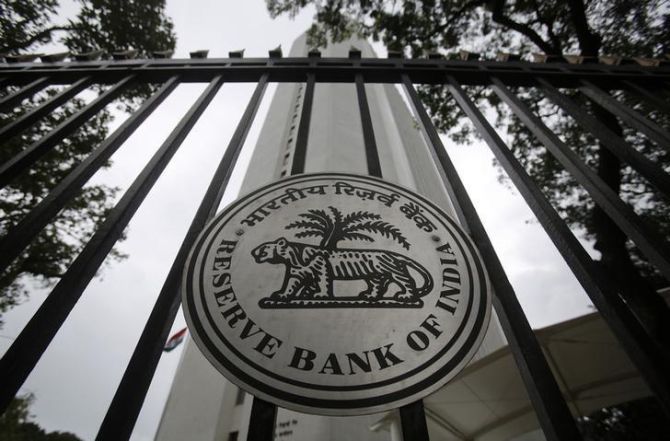As FY20 Budget fiscal measures need to be better understood, a reversal of the stance back to neutral will allow MPC flexibility to respond to incoming data.

Is there room or even a need for the MPC to cut the repo rate?
The MPC will likely (and rightly) revert to a “neutral” stance, back from the “calibrated tightening”.
Sections of analysts are now also expecting a repo rate cut to boost economic activity. This might be premature.
First, under reasonable assumptions, our projections indicate that inflation will average 3 per cent in Q4FY19 and 4.1 per cent in FY20, ie, close to the inflation target.
Crude oil is expected to remain in $60-65 per barrel range, based on signs of a global slowdown, but the sharp recent rise in crude prices highlights the risk to this view.
The US Federal Reserve policy is widely seen being in a long pause on the Fed Funds Rate.
Data from the Eurozone is increasingly poor, setting back the rising expectations of a post-summer September rate hike and QE reversal. Global volatility has stabilised, but can rise.
If this continues, a risk-on sentiment could revive carry-driven portfolio flows.
Although the rupee is depreciating, it is unlikely to do so sharply and might reverse course.
Second, the expansionary implications of the FY20 Budget fiscal measures need to be better understood.
Will these boost rural demand and translate into higher food prices?
How much of the inclusionary agenda is likely to diffuse into state budgets?
Borrowings from public sector financial institutions have led to a sharp rise in their liabilities, with concerns of rising public sector debt to GDP ratios.
Third is the potential effect of higher demand on pricing power of corporates.
Official signals of the four growth engines - household consumption, government spending, exports and investment - are mixed.
Exports are unlikely to be a growth source, given the likely global economy slowdown.
Government spending is likely to be limited with constraints on fiscal expansion.
Domestic consumption seemed to be slowing in the last quarter, partially resulting from lower retail financing from NBFCs.
Yet, there are signs of a moderate revival of mid-size investment across a range of sectors.
This needs a coordinated policy response - monetary, fiscal, trade, industry - to accelerate the momentum.
Given these emerging risks and uncertainties, pausing on the repo rate at this time might be optimal for policy stability.
A reversal of the stance back to neutral will allow MPC flexibility to respond to incoming data.
The most effective action for a mild credit-driven stimulus might be to reduce the cost of funds for borrowers with a larger infusion of liquidity, to lower both the cost of market borrowing and the overall cost of funds of banks.
The RBI’s data forecasts will provide an indication of current thinking on the likely trajectory.
Views are personal
Saugata Bhattacharya is senior vice-president, Business and Economic Research, Axis Bank
Photograph: Danish Siddiqui/Reuters












 © 2025
© 2025